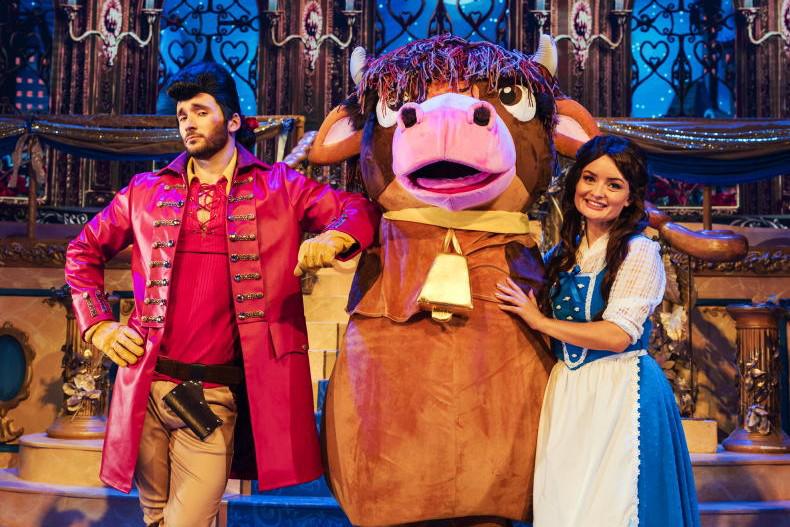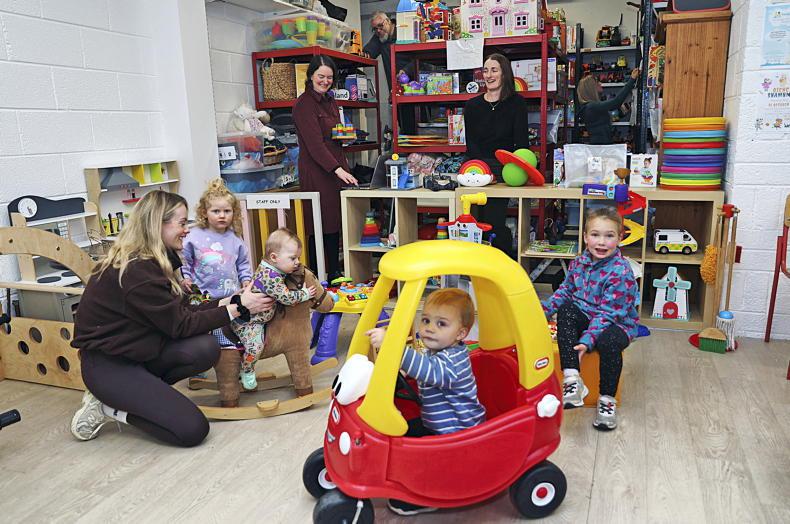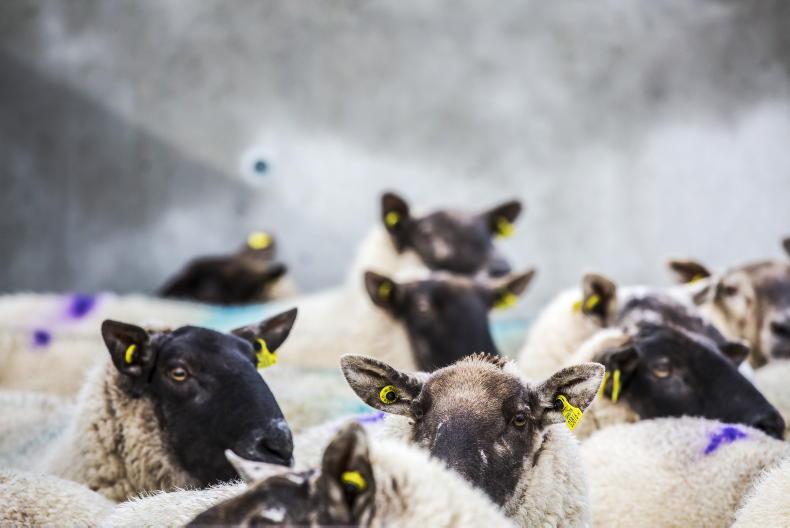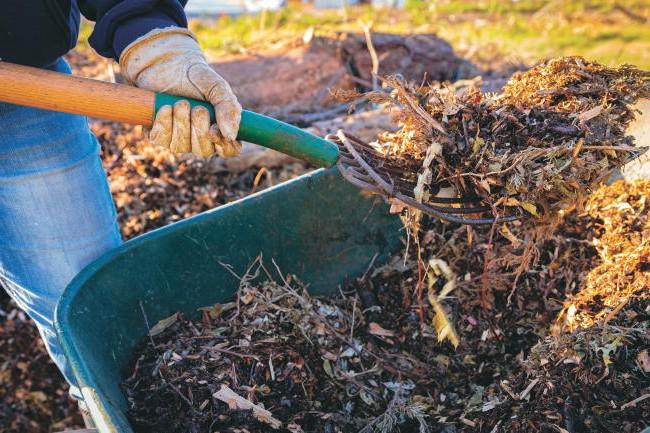My 12-year-old is on patrol again, turning out the lights. I only left the room for a minute to fetch something and I return to darkness. I should be grateful – especially when our electricity bill is sky high– but it also serves to highlight that our children are leading the way in climate action and we adults need to catch up fast.
Often adults are portrayed as the “baddies” in climate action. Who can forget Greta Thunberg roasting world leaders with the words “blah blah blah”? If our children were marking our effort for climate action, we’d probably get an F.
So, how do we support and help our children to create the changes they wish to see?
“The climate crisis isn’t something that can be solved by just one generation. It’s something that has to be solved by all of us and that really stems from education,” says Jessica Salas, Global Citizenship Education Officer with An Taisce.
“The best thing is to talk to your children with an open mind. Much like with other subjects, with the environment and climate change, we’re always learning more, so it’s okay to not know everything about it and to learn from a different place.”
There are plenty of resources to start the conversation at home (see panel), but many adults avoid talking about the environment with their children because they don’t want to worry them.
But avoidance or disconnection isn’t the right approach, according to Dr Claire Crowe, member of the Psychological Society of Ireland (PSI).
“The climate emergency is scary, so validating your child’s fears is the most important first step to safeguard their wellbeing,” she says. “A key psychological strategy for climate anxiety is to empower our children with constructive hope.”
Claire recommends brainstorming with your child about things that could be helpful for you and your family to do and to work together as a team to implement them.
“We know from psychological research that children most affected by climate anxiety are those that feel most connected to the land, such as those from farming families,” she adds. “These children also are in unique positions to implement meaningful changes.”
Climate action at home
Change isn’t always easy and can be frustratingly slow, but that shouldn’t stop us trying to make an impact. A new year is a time of new beginnings, so why not make a climate action pledge?
If you like arts and crafts, you can make this an activity with your child. In our home, we painted my 10-year-old’s foot to make a carbon footprint on a big sheet of paper and then wrote down ways we can make a difference.
Top of our list? Turning off lights of course. We also added switching off computers and TVs when not in use.
We took some ideas from www.naturedays.ie, so we decided to organise a litter pick day with friends; you can register to hold a spring clean at https://nationalspringclean.org and receive a cleanup kit from An Taisce.
We also had a no-binned-food day, which was harder than you might think, but we went back to my grandmother’s recipe books to use up stale bread in a bread pudding and made stock from leftover chicken bones and vegetable scraps.
Another aim on the list is to plant a tree as part of National Tree Week, which runs from 20-26 March. You can find more details on www.treecouncil.ie
There are lots of ideas for appealing activities for families on www.naturedays.ie including suggestions for upcycling projects. We chose to use my daughter’s tie-dye kit and tie-dye old t-shirts to give them a new lease of life. The results got the seal of approval from my fashion-conscious teen.
Although only small changes, we nonetheless felt buoyed up. “When you get a victory, no matter how small, it’s so important to celebrate it,” encourages Jessica Salas. “One per cent better is still getting better.”
Top Resources for Parents:
Global Goals Book Club: an accessible way to talk to your child about a variety of climate change topics with story time. | https://greenschoolsireland.org/global-goals-book-club/ Nature Days: designed by a mother who took part in the climate ambassadors programme and wants to help others get their children outside into the outdoors.
| www.naturedays.ieClimate action for junior primary toolkit: a great handbook resource that not only gives a plethora of information, but also activities a parent could do with their child. | https://greenschoolsireland.org/wp-content/uploads
/2020/10/Climate_Action_Junior_Primary_small-1-1.pdfHow to find joy in climate action: a fab Ted Talk that is a great way to prevent spiralling with climate anxiety and could be done with a parent and their child, would provoke some great discussions and come up with tangible actions. | www.ted.com/talks/ayana_elizabeth_johnson_how_to_find_joy_in_climate_action Read more
Parenting: talking cents this Christmas
‘I never want to stop being a student’
My 12-year-old is on patrol again, turning out the lights. I only left the room for a minute to fetch something and I return to darkness. I should be grateful – especially when our electricity bill is sky high– but it also serves to highlight that our children are leading the way in climate action and we adults need to catch up fast.
Often adults are portrayed as the “baddies” in climate action. Who can forget Greta Thunberg roasting world leaders with the words “blah blah blah”? If our children were marking our effort for climate action, we’d probably get an F.
So, how do we support and help our children to create the changes they wish to see?
“The climate crisis isn’t something that can be solved by just one generation. It’s something that has to be solved by all of us and that really stems from education,” says Jessica Salas, Global Citizenship Education Officer with An Taisce.
“The best thing is to talk to your children with an open mind. Much like with other subjects, with the environment and climate change, we’re always learning more, so it’s okay to not know everything about it and to learn from a different place.”
There are plenty of resources to start the conversation at home (see panel), but many adults avoid talking about the environment with their children because they don’t want to worry them.
But avoidance or disconnection isn’t the right approach, according to Dr Claire Crowe, member of the Psychological Society of Ireland (PSI).
“The climate emergency is scary, so validating your child’s fears is the most important first step to safeguard their wellbeing,” she says. “A key psychological strategy for climate anxiety is to empower our children with constructive hope.”
Claire recommends brainstorming with your child about things that could be helpful for you and your family to do and to work together as a team to implement them.
“We know from psychological research that children most affected by climate anxiety are those that feel most connected to the land, such as those from farming families,” she adds. “These children also are in unique positions to implement meaningful changes.”
Climate action at home
Change isn’t always easy and can be frustratingly slow, but that shouldn’t stop us trying to make an impact. A new year is a time of new beginnings, so why not make a climate action pledge?
If you like arts and crafts, you can make this an activity with your child. In our home, we painted my 10-year-old’s foot to make a carbon footprint on a big sheet of paper and then wrote down ways we can make a difference.
Top of our list? Turning off lights of course. We also added switching off computers and TVs when not in use.
We took some ideas from www.naturedays.ie, so we decided to organise a litter pick day with friends; you can register to hold a spring clean at https://nationalspringclean.org and receive a cleanup kit from An Taisce.
We also had a no-binned-food day, which was harder than you might think, but we went back to my grandmother’s recipe books to use up stale bread in a bread pudding and made stock from leftover chicken bones and vegetable scraps.
Another aim on the list is to plant a tree as part of National Tree Week, which runs from 20-26 March. You can find more details on www.treecouncil.ie
There are lots of ideas for appealing activities for families on www.naturedays.ie including suggestions for upcycling projects. We chose to use my daughter’s tie-dye kit and tie-dye old t-shirts to give them a new lease of life. The results got the seal of approval from my fashion-conscious teen.
Although only small changes, we nonetheless felt buoyed up. “When you get a victory, no matter how small, it’s so important to celebrate it,” encourages Jessica Salas. “One per cent better is still getting better.”
Top Resources for Parents:
Global Goals Book Club: an accessible way to talk to your child about a variety of climate change topics with story time. | https://greenschoolsireland.org/global-goals-book-club/ Nature Days: designed by a mother who took part in the climate ambassadors programme and wants to help others get their children outside into the outdoors.
| www.naturedays.ieClimate action for junior primary toolkit: a great handbook resource that not only gives a plethora of information, but also activities a parent could do with their child. | https://greenschoolsireland.org/wp-content/uploads
/2020/10/Climate_Action_Junior_Primary_small-1-1.pdfHow to find joy in climate action: a fab Ted Talk that is a great way to prevent spiralling with climate anxiety and could be done with a parent and their child, would provoke some great discussions and come up with tangible actions. | www.ted.com/talks/ayana_elizabeth_johnson_how_to_find_joy_in_climate_action Read more
Parenting: talking cents this Christmas
‘I never want to stop being a student’









SHARING OPTIONS